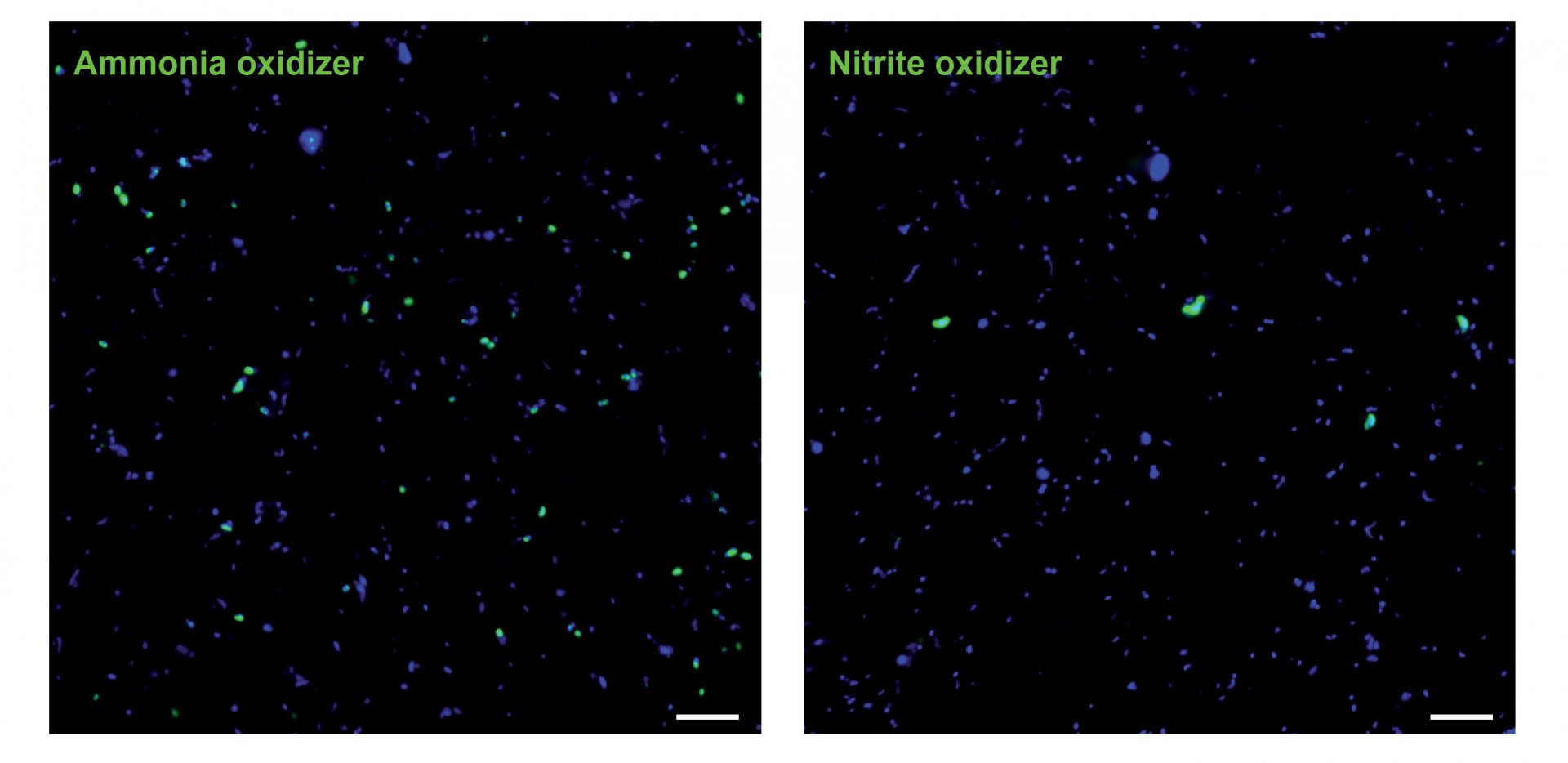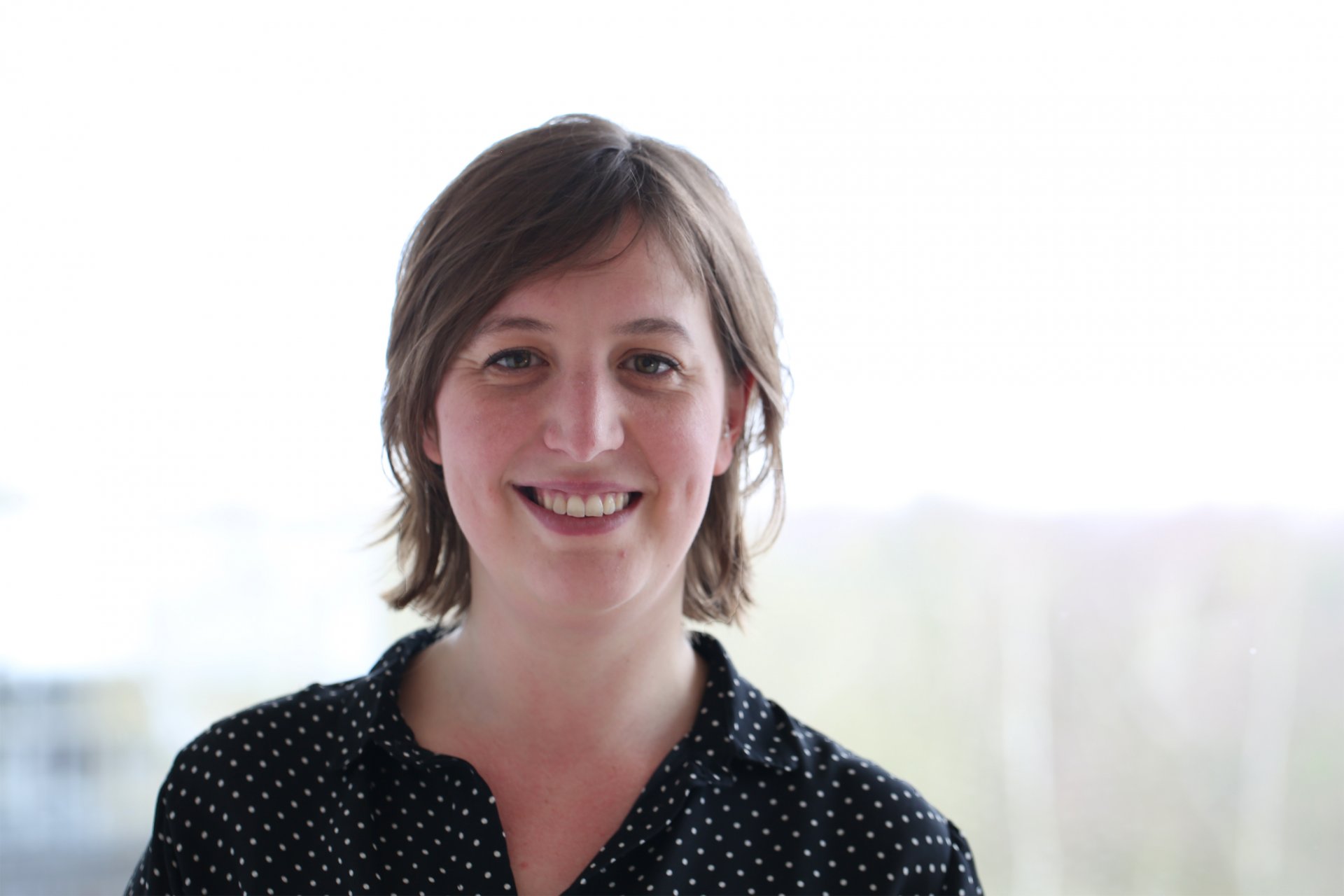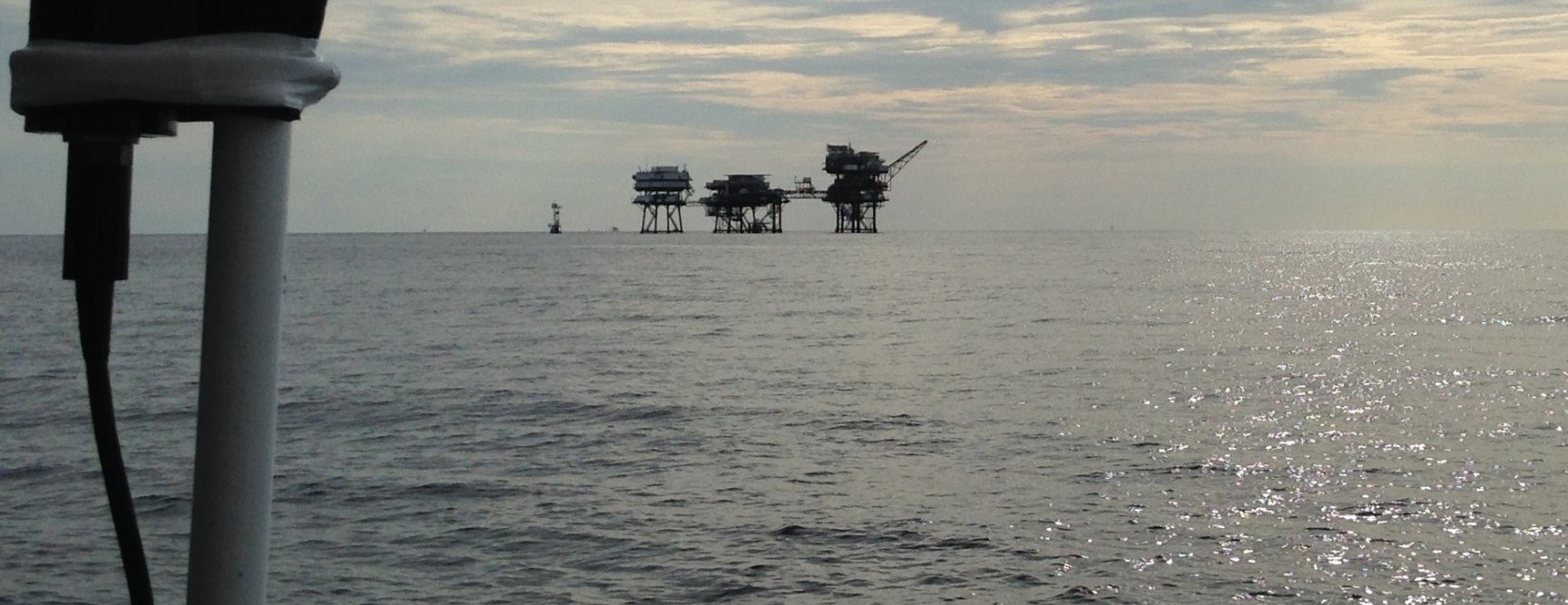- Press Office
- Press releases 2020
- Mystery of marine recycling squad solved
Mystery of marine recycling squad solved
One is missing – in short, this summarizes the mystery. It is about nitrification, the oxidation of ammonia via nitrite to nitrate, a key process in marine nitrogen cycling. In the sea, both steps of this process are balanced and most available nitrogen exists in the form of nitrate, the final product of nitrification. The organisms which are largely responsible for the first step of nitrification in the ocean – the ammonia oxidizing archaea - were discovered around a decade ago, and it turns out that they are amongst the most abundant microorganisms on the planet.
The second part of nitrification, the transformation of nitrite to nitrate, is carried out by nitrite oxidizing bacteria, which mainly belong to the Nitrospinae phylum. Yet, Nitrospinae are ten time less abundant than the ammonia-oxidizers, raising the question: is there an equally abundant, still undiscovered nitrite oxidizer in the ocean?
Grow fast, die young
Scientists at the Max Planck Institute for Marine Microbiology have now solved this mystery in cooperation with colleagues of the University of Vienna, the University of Southern Denmark and the Georgia Institute of Technology. “We show that there is no need to invoke yet undiscovered, abundant nitrite oxidizers to explain nitrification in the ocean. “Surprisingly, we probably already know all the players,” says Katharina Kitzinger, first author of the paper, published in the scientific journal Nature Communications in February.
So far, scientists have mainly determined the number of microbes involved in the marine nitrification, however, Katharina Kitzinger and her colleagues also examined the biomass of the microorganisms, as well as the growth rates and the activity of individual cells. These results have revealed that the ten times higher abundance of ammonia-oxidizers is not due to differences in the size of the microorganisms or because of the slow growth of Nitrospinae, as many scientists supposed until now.

“On the contrary. Our results indicate that Nitrospinae are much more active and grow much faster than the ammonia-oxidizing Archaea. Thus, Nitrospinae are clearly more efficient than the Archaea,” explains Katharina Kitzinger and adds: “As such, one would expect the Nitrospinae to be significantly more abundant. As this is not the case we assume that Nitrospinae have such a low abundance because they have a high mortality rate. This explains the balanced marine nitrification process in the ocean and makes the existence of further unknown, abundant nitrite oxidizers unlikely.”
Nitrogen and food for friends
At the same time, the researchers investigated which nitrogen compounds ammonia-oxidizing Archaea and Nitrospinae use for their cell growth. “While the Archaea almost exclusively grow using ammonium, the Nitrospinae seem to mainly use organic nitrogen, namely urea and cyanate instead,” says Katharina Kitzinger. “The utilization of organic nitrogen is likely key to the ecological success of Nitrospinae, as it allows them to avoid competition with their friends, the Archaea, on whom they depend on for nitrite.” In this way the two microorganisms help each other: The Archaea produce nitrite which serves the Nitrospinae, while the Nitrospinae presumably release some ammonium after they take up organic nitrogen. So, in turn, they provide the energy source for the Archaea – a symbiotic win-win situation.
The scientists acquired their samples in the Gulf of Mexico, where the process of nitrification is very important due to the high nutrient input from rivers like the Mississippi. “The microorganisms involved in nitrification and their relative abundances are similar worldwide,” says Katharina Kitzinger. “Therefore, it is very likely that our results are also valid for the rest of the ocean.”
Original publication
Katharina Kitzinger, Hannah K. Marchant, Laura A. Bristow, Craig W. Herbold, Cory C. Padilla, Abiel T. Kidane, Sten Littmann, Holger Daims, Petra Pjevac, Frank J. Stewart, Michael Wagner, Marcel M. M. Kuypers: Single cell analyses reveal contrasting life strategies of the two main nitrifiers in the ocean. Nature Communications, February 2020
Participating institutions
- Max Planck Institute for Marine Microbiology, Bremen, Germany
- Centre for Microbiology and Environmental Systems Science, University of Vienna, Austria
- Department of Biology, University of Southern Denmark, Odense, Denmark
- School of Biological Sciences, Georgia Institute of Technology, Atlanta, USA
Please direct your queries to:
Scientist
MPI for Marine Microbiology
Celsiusstr. 1
D-28359 Bremen
Germany
|
Room: |
3135 |
|
Phone: |

